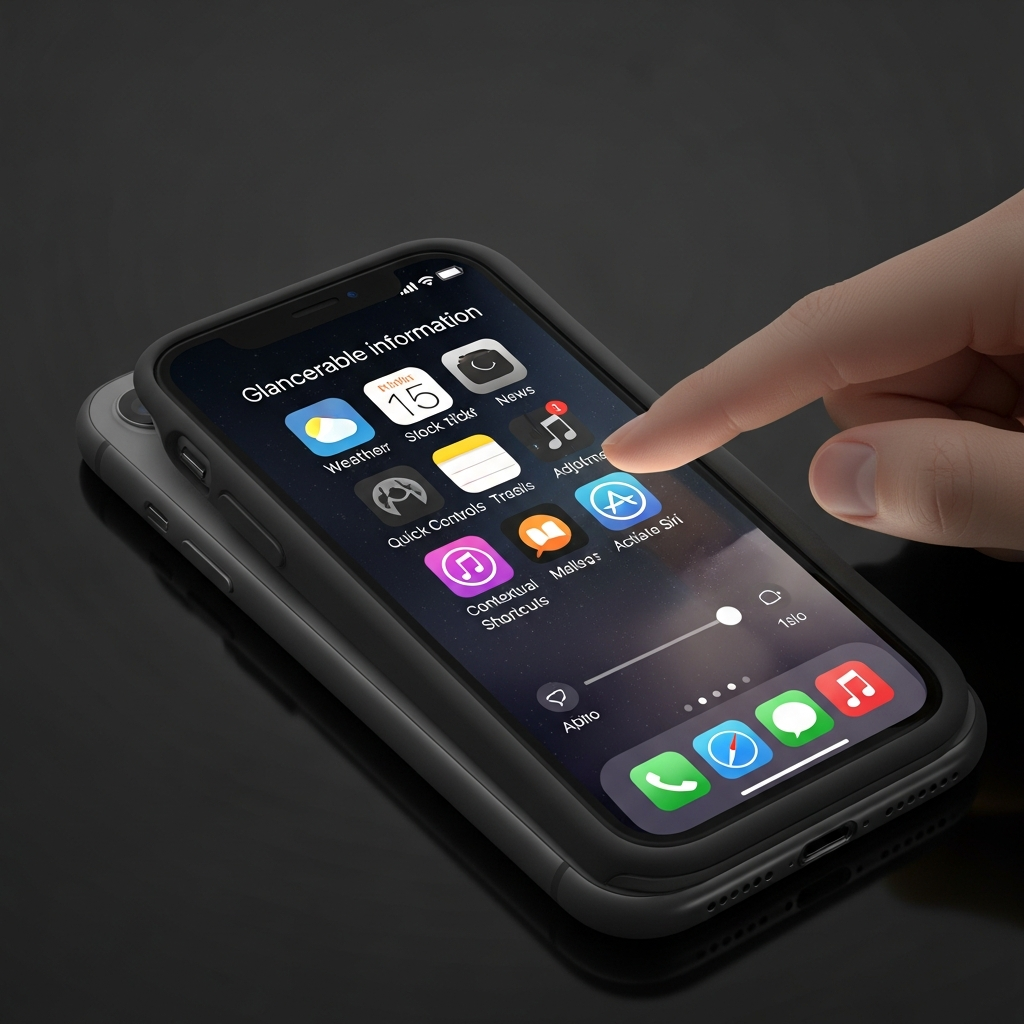For parents navigating the world of family gaming, deciding on a new console upgrade can be tough. The Nintendo Switch 2 has arrived with a $450 price tag, and initial questions linger about its launch lineup, which lacks anticipated blockbusters like a new Smash Bros. or Metroid Prime (though Metroid Prime 4 Beyond was shown as a technical showcase). For those already owning an original Switch and perhaps another handheld like a Steam Deck, the personal justification for the cost might seem slim.
However, for many parents, including this writer, the Nintendo Switch 2 quickly reveals its true value not just as a personal gadget, but as a transformative family gaming device. While handing down an older Switch model to the kids is certainly an option, letting you bask in the glory of the Switch 2’s upgraded hardware – featuring a larger, faster 7.9-inch or 8-inch 1080p LCD display with HDR and up to 120Hz refresh rate, plus improved performance capable of running games like Zelda: Breath of the Wild and Tears of the Kingdom at a smooth 60 frames per second and even handling demanding third-party titles like Cyberpunk 2077 at acceptable levels – the real magic lies in its new features designed for sharing.
Sharing the Fun: Digital Games & Virtual Cards
One standout feature for families is the enhanced ability to share digital games, sometimes referred to as “virtual game cards.” This allows a Nintendo Switch 2 owner to essentially “lend” their previously purchased digital library to a second Switch console, like a child’s Switch Lite, for about two weeks at a time.
Imagine this: while you dive into a brand-new Switch 2 exclusive like Mario Kart World or even a mature title like Cyberpunk 2077, your child can practice their skills on your older digital copy of Mario Kart 8 Deluxe or explore the charming world of Stardew Valley on their own device. This eliminates the worry of losing physical cartridges – a common parent concern – and turns your digital collection into a family-wide library. It’s also incredibly convenient for travel, allowing you to quickly transfer a game to a child’s handheld for them to play on the go. While currently transferring save data between different Nintendo accounts remains frustratingly awkward, requiring players to start games from scratch, for many kids (especially younger ones), repetition is part of the fun!
GameShare: Two Screens, One Game
Perhaps the most innovative and family-friendly addition is “GameShare.” This clever feature lets the Switch 2 stream its entire screen and controls to a second Switch console, giving each player their own display and input for compatible multiplayer games.
Playing Super Mario Odyssey side-by-side becomes a whole new experience when one person controls Mario and the other controls Cappy on their own screen. No more heads bumping or crowding the main screen! This also frees up the living room television for other family members, preventing squabbles over screen time. GameShare repurposes cloud gaming technology to offer a unique local co-op experience, evolving the concept seen in older Nintendo handhelds like the Game Boy Advance (Mario Kart: Super Circuit) and DS (“DS Download Play”) which offered limited single-cart multiplayer modes.
Hardware Upgrades & Other Features
Beyond the family-sharing features, the Switch 2 boasts a more premium feel and noticeable hardware improvements. The new Joy-Cons are larger, feel more solid, and attach magnetically with a smooth trigger release, a big step up from the old slide-and-lock system. They even include an optical sensor allowing them to function like computer mice in some games and feature a “C button” for the new Game Chat feature. The console’s updated dock is larger with its own fan and supports 4K output on compatible TVs, while the integrated kickstand is significantly more robust and adjustable. You’ll also find dual USB-C ports, though only the bottom one supports video out.
Nintendo is also pushing social features with Game Chat, offering voice chat for up to 12 friends, with optional choppy video streams for up to four when docked with an optional $50 camera. The Pro Controller ($80) now includes a headphone jack. Existing Switch games are largely backward compatible and often see performance boosts on the Switch 2, with some popular titles like the Zelda games and Kirby and the Forgotten Land offering paid “Switch 2 Edition” enhancements for even better visuals and frame rates.
Lingering Concerns for Parents and Players
Despite these promising features, the Switch 2 isn’t without its drawbacks, particularly from a parent’s perspective:
The Price Tag: The $450 console and higher game prices ($70-$80 for new exclusives like Mario Kart World) represent a significant investment, making it a less casual upgrade. Even tutorial demos might be paid.
Digital Ownership: Concerns persist about Nintendo’s long-term support for digital purchases, given their history of closing eShops.
Limited GameChat: Arbitrarily restricting the Game Chat feature to the Switch 2 feels like a missed opportunity, especially for families with mixed console setups. Compatibility with third-party webcams can also be hit-or-miss.
GameShare Adoption: While incredibly promising, GameShare’s initial list of compatible games is frustratingly short and doesn’t yet include obvious family-friendly titles like Super Mario Bros. Wonder or even the new Mario Kart World. Its potential to make popular couch co-op games like Overcooked 2, TMNT: Shredder’s Revenge, and Lego Star Wars, or first-party hits like Kirby, Smash Bros. Ultimate, and Donkey Kong Country, playable across two screens is immense, but hinges entirely on Nintendo enabling wider support.
Battery Life: The increased power means worse battery life than the Switch OLED, estimated at 2 to 6.5 hours compared to the OLED’s 4.5 to 9 hours.
Compatibility Quirks: While generally backward compatible, reports mention minor issues like Joy-Con rumble turning off during prolonged use in some games, and severe consequences like being permanently banned from online services for using unauthorized accessories like Mig flash cartridges.
Ultimately, while the Nintendo Switch 2 comes with a high cost and some frustrating limitations, its unique family-focused features like seamless digital game sharing and the innovative GameShare hold immense potential. By enabling shared experiences across multiple consoles in new ways, the Switch 2 takes a significant step towards Nintendo’s stated ambition of having a Switch console not just in every family, but in the hands of every person. For parents balancing personal gaming desires with family entertainment, these features might just make the Switch 2 upgrade surprisingly worthwhile.



